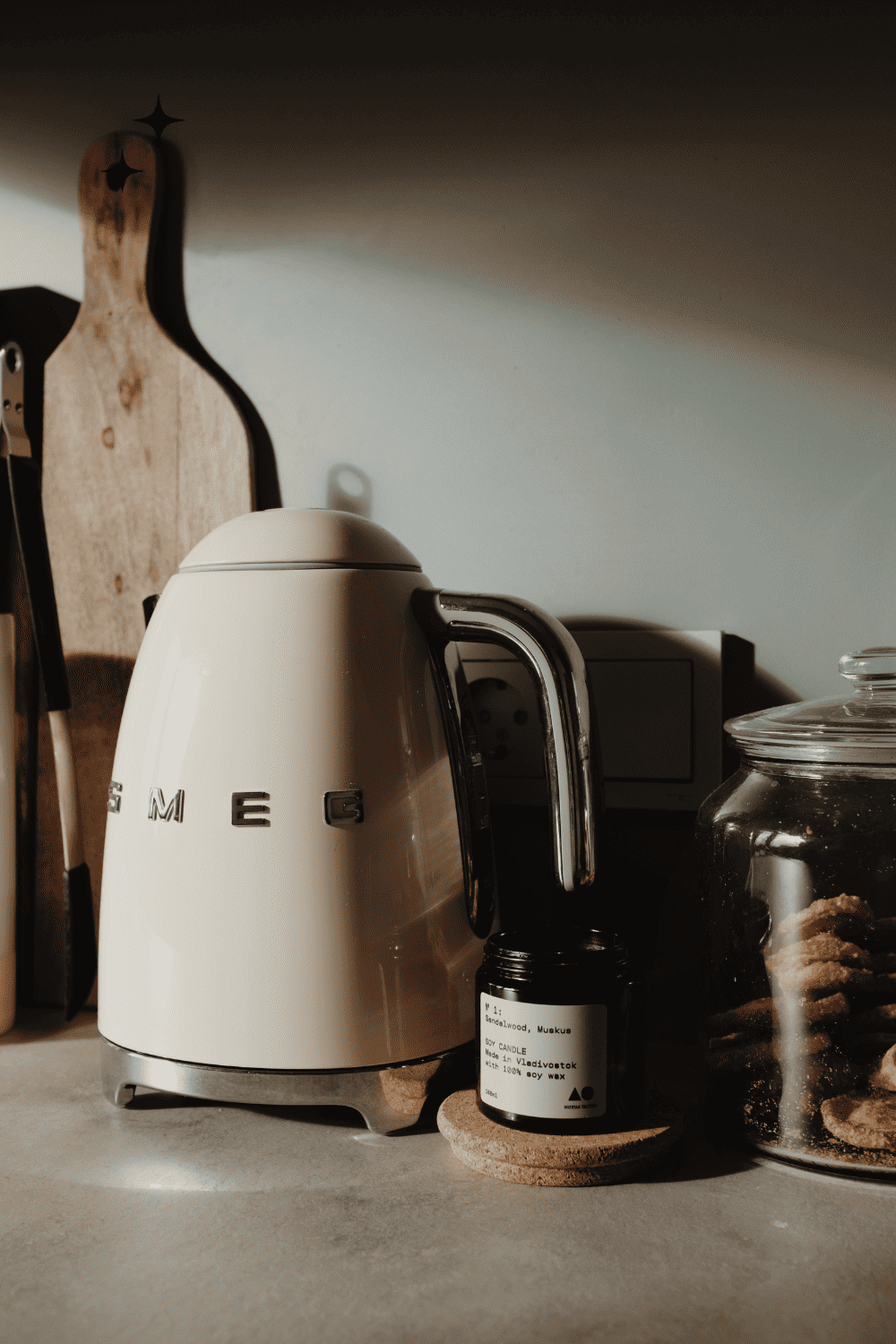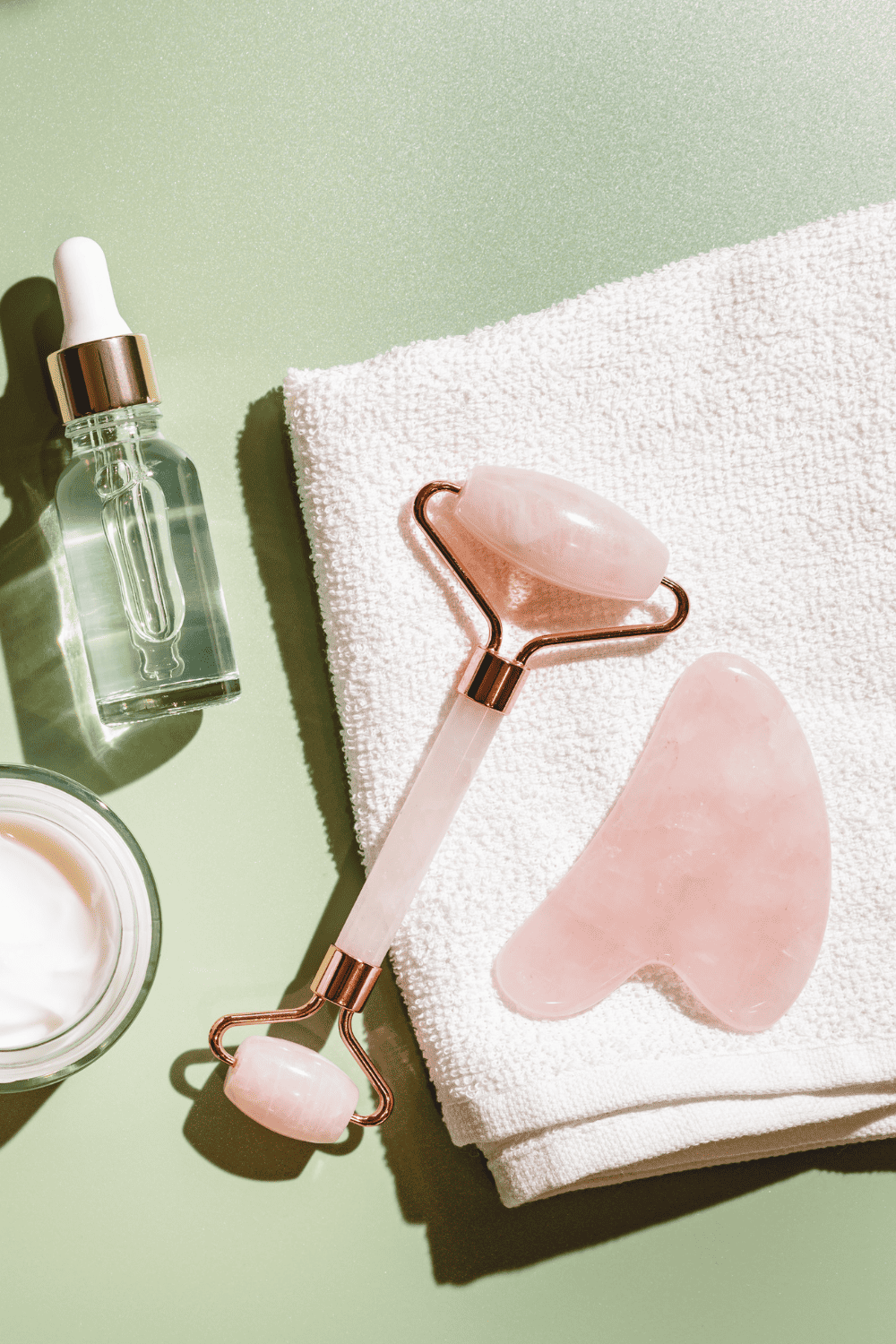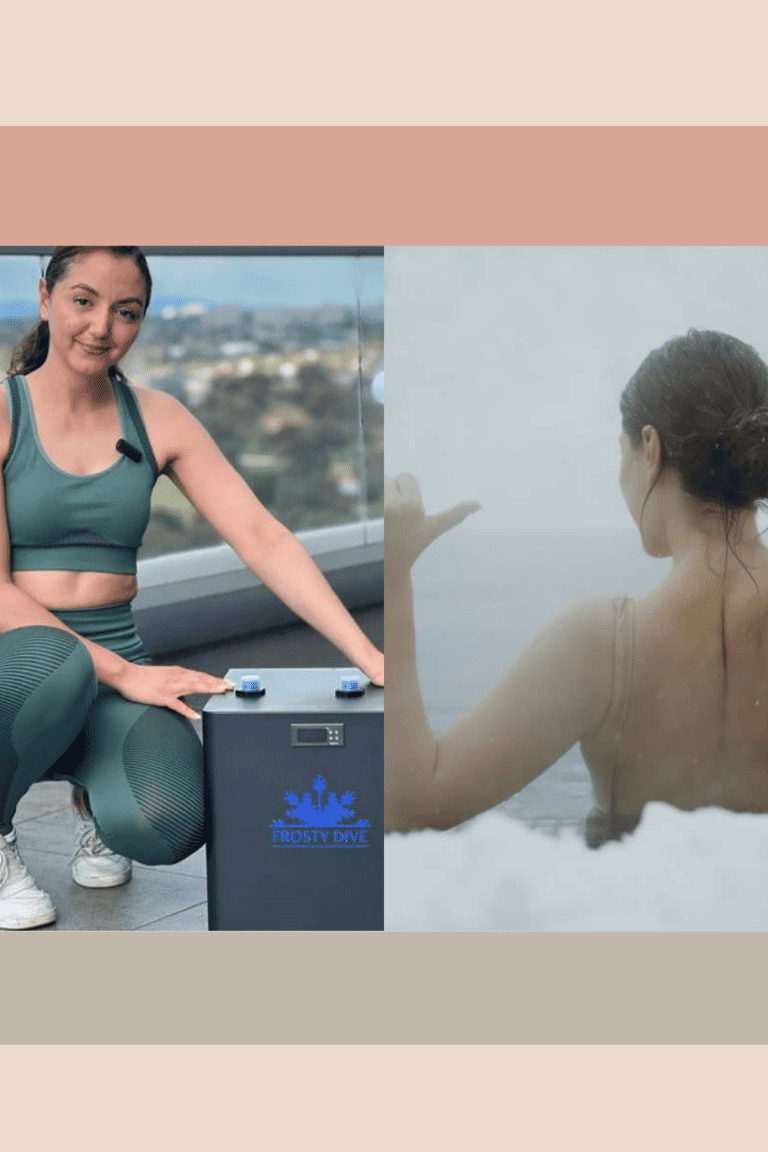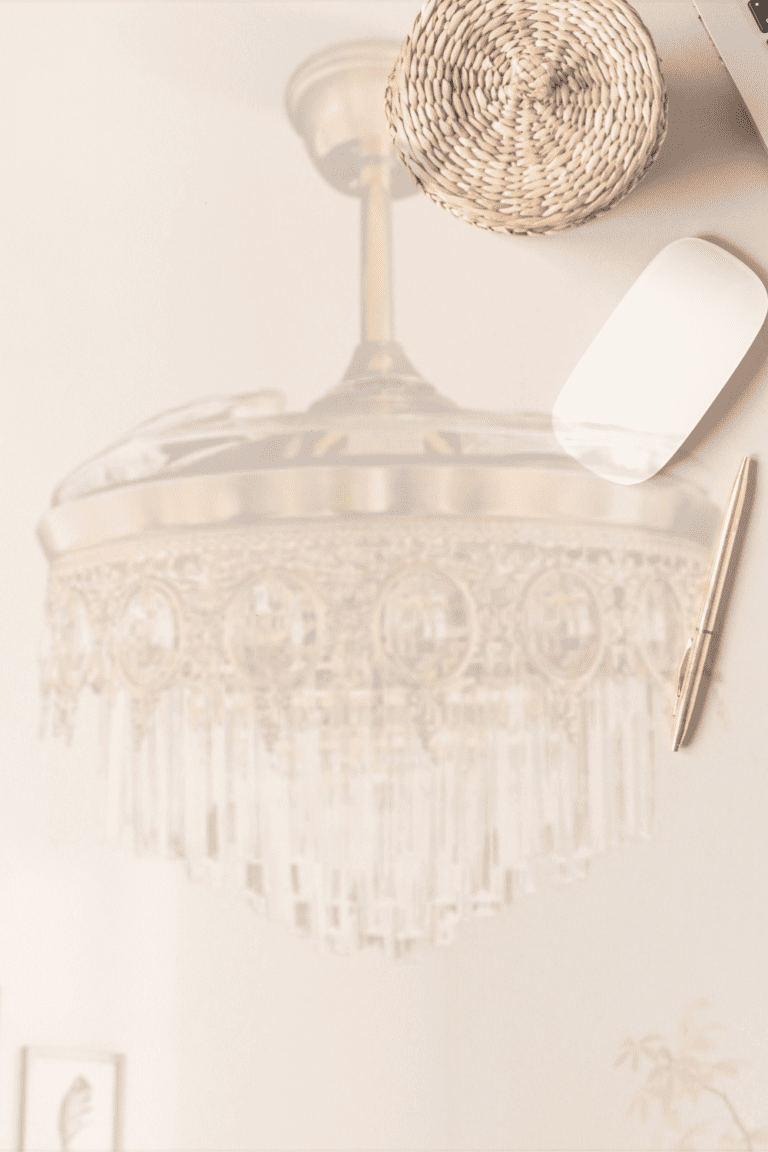FDA Approved Red Light Therapy at Home: The Truth You Need to Know
This post is about FDA approved red light therapy at home devices.
This post about FDA approved red light therapy at home may contain affiliate links, which means I’ll receive a commission if you purchase through my link, at no extra cost to you.
Red light therapy is a type of photobiomodulation or low-level laser therapy and is a treatment that uses wavelengths of near-infrared and red light to heal the body. Because red light therapy is relatively inexpensive to produce, compared to other wavelengths and healing modalities, it has become a popular option for at-home treatment and well-being. Not all at-home treatment devices are the same though. In this post, we will discuss the differences fda approved red light therapy at home devices.
The History of Red Light Therapy
Red light therapy was discovered by Hungarian physician Endre Mester in the 1960s. He discovered low-level light therapy/red light therapy as we know it while trying to reproduce an experiment by another scientist, in which a malignant tumor was cured using a “ruby laser,” which was a high-level laser.
Mester failed to reproduce the results because the levels and wavelengths of the lasers he used were much weaker but in his failure and use of these lower strengths he noticed that the rats were growing more hair and the wounds around their surgically implanted tumors were healing much better. This was the stimulus for the study and use of red light therapy for healing.
For a long time after this initial discovery and excitement red light therapy was considered non-mainstream and a snake oil of sorts. It wasn’t until more recently, when research by Tiina Karu in Russia showed the measurable effects of red light therapy on mitochondria and tissue, that red light therapy became more widely accepted as a legitimate and scientific therapy.
What is the Best Wavelength for Red Light Therapy At Home?
According to this study, which is quite remarkable and shows quantifiable, subjective, and photo evidence of the positive effects of red light therapy, different wavelengths seem to help more with certain things. “Because of the combination of high degree of penetration in skin2 and absorption by respiratory chain components, light in the spectral range from 600 to 1300 nm is useful for promoting wound healing, tissue repair, and skin rejuvenation.”
Red light falls between 620-750 nm and is part of the visible spectrum. These are the wavelengths in Red Light Therapy devices that are used to treat surface skin.
Near Infrared are the wavelengths (780 to 2,500 nm but most commonly 810-850 nm) that are most commonly used in red light therapy devices. Near Infrared can penetrate beneath the skin and is part of the invisible spectrum. In very crude terms, the longer the wavelength the more the light therapy can penetrate so if you see devices with shorter wavelengths you would want to consider what that would mean for its therapeutic effectiveness. This would also stand to serve that there would be a difference in how close the light would need to be to a body to be effective.
Most at-home devices employ LED lights to emit the necessary spectrum but many scientists feel lasers do a better job at delivering the healing wavelengths. Here is a great article discussing the differences. The conclusion it draws is that while many scientists feel lasers are superior to LED, there is no conclusive evidence showing they are superior and no evidence showing LED from red light therapy is not effective. Most at-home devices are LED panels but there are some laser options as well, like these from the manufacturer that supplies for NASA and other government and professional agencies.
I’m going to be super honest… there is not one for sure winning wavelength when it comes to red light therapy. There’s a ton of confusing information about exactly what the spectrum of red light is (Britannica says it starts at 650 but I found so much research showing wavelengths in the 630s used).
I think this may just show that the crossover from one visible (or invisible) color or spectrum is a bit subjective-ish… Kind of like the color periwinkle…. when does it become blue and when does it cross to purple?
I’m sure each manufacturer will say their wavelength is best but the research isn’t conclusive, which in some ways is cool because that means there’s more flexibility in what wavelengths can be effective and also it means that there are likely even more specific benefits that will be identified and more closely tied to specific wavelengths in the future.
I will say that looking through all of the research and medical papers, it did seem like the wavelengths of 630, 632, 635, and 850 came up a lot in the studies that showed positive results. In general, it seemed like 630-900 is an effective range that you would see in at-home devices.
What Does it Mean to Be an FDA Approved Red Light Therapy at Home Device?
The first thing to note is that there is some slightly different terminology to take note of when researching your red light therapy device. Devices in Class I ( Low risk) and Class II (Moderate Risk) will never have FDA “Approval”. Class I devices will just send their info in and Class II devices can receive FDA “Clearance”.
Clearance still involves review for safety but it is not nearly as rigorous as the investigations done for Class III devices, which need FDA “Approval”. There is a next level of risk and devices for very high-risk devices and those would need FDA “Granted” status. When you see devices mentioned in research or write-ups, be sure to note if the device is “Cleared” or “Approved”.
If you saw two red light devices and one was “FDA Cleared” and another “FDA Approved” that would show that the one that was “Approved” was Class III and therefore higher risk and also likely stronger/more effective. Red Light Therapy devices will fall between classes 1-3. Here is the pathway for FDA Approval. In my research, I have not found even ONE single Class 3 FDA-approved red light therapy device. They highest degree of “approval” for these devices is actually “FDA clearance.” It’s semantics, but I think it matters.
What Strengths Are Best for An At Home Red Light Therapy Device?
It’s important to note that the ideal strength for a red light therapy device can vary based on several factors. These factors include the specific goals of the treatment, the wavelength of light used, and individual factors such as skin type and the condition being addressed.
It’s always a good idea to consult with a professional or the manufacturer of the device to determine the optimal strength for your individual needs. Here are some common strengths/powers for common applications (these are general):
- Beauty & General Wellness: Lower power densities in the range of 5 to 50 (mW/cm²) are commonly used.
- Skin Rejuvenation and Collagen Production: Power densities in the range of 20 to 100 mW/cm² are often recommended.
- Muscle Recovery & Inflammation Reduction: Power densities in the range of 50 to 100 mW/cm² usually work well.
Best FDA-Approved Red Light Therapy at Home Devices
Lasers
Multi Radiance Pain Away Laser
Multi Radiance TQ Solo Laser: Super Pulsed Red Light Laser
Multi Radiance Laser Shower Package: Super Pulsed Red Light Laser
Masks
CurrentBody Skin LED Light Therapy Face Mask
Solawave: Wrinkle & Bacteria Clearing Light Therapy Mask
Lux Collection Lip Care – LED Lip Plumping
Omnilux Clear Face Mask
Omnilux Contour Neck & Décolleté
DRx SpectraLite™ FaceWare Pro
CurrentBody Skin LED Lip Perfector
CurrentBody Skin LED Hair Regrowth Device
Therashield 3-in-1 Light Therapy Mask
CellReturn LED Mask Platinum MD
MZN SKIN: LIGHTMAX SUPERCHARGED LED MASK 2.0
Panels & Arches
Lux Collection dpl IIa – LED Treatment Panel
Dermalux Flex MD LED Light Therapy Device
Therasage Trilite
LightStim Elipsa
LightStim Pro Panel
Mats & Wraps
Flex Pad – LED Light Therapy Muscle Pain Relief
DRx SpectraLite™ Body Ware Pro
Omnilux Contour Glove
LED Technologies Inc. Pain Relieve Devices
LightStim LED Bed
LightStim for Pain
Wands/Handheld Devices
Medlight 630 Pro Hand Held Red Light Therapy
Solawave: Bye Acne: 3-Minute Pimple Spot Treatment
Lux Collection Glō Anti-Aging & Acne
Lux Collection Essentials Anti-Aging & Acne
LightStim for Wrinkles
iRestore Devices
FDA Registered
I feel like I need to mention Joov in the mix. I can not find anything on their website saying they are FDA cleared, only registered and I have contacted them twice with no response but it is obvious an incredible amount of research and care has gone into their design, AND it is a brand I have heard over and over by top biohackers and naturopathic practitioners so I think it is worth mentioning and worth considering.
Joovv Redlight Devices
Conclusion
This post is about FDA-approved red light therapy at home devices but I hope after reading what I have shared it is understood that, as far as I have found after hours of research, there is no such thing as an FDA approved red light therapy at home device. The top FDA stamp of approval a red light therapy device would receive is “FDA clearance” and that is because it is a Class 2 device, meaning moderate risk and Class 2 devices don’t even qualify for FDA approval.
I will also note that it is very very hard to confirm a company or device’s actual FDA status. For instance, the company ATapa claims on their site that their devices are FDA approved but I just don’t feel that is correct or even possible as even the lasers that NASA uses (the Multi-Radiance products) are only FDA Cleared.
I even called the FDA and asked for help clarifying a few companies/devices and they said that sometimes a brand or device doesn’t show up in a FDA search because the device is made by a separate manufacturer and the brand is just a reseller. It also makes sense that companies are not going to freely offer the manufacturer of their expensive device to anyone because someone could contact that manufacturer and also purchase from them at wholesale.
In the end, we have to take the companies at their word and use our common sense. I definitely would never buy a red light therapy device on Amazon. I want you to know that I was very very careful when I researched these devices and did my due diligence vetting devices. These are all devices I would confidently purchase as “FDA-CLEARED” devices.
More Posts Like This…
The Ultimate Guide to the Borosilicate Glass Tea Kettle
Amazing Deep Forehead Wrinkles Before and After
Why Go Gluten Free for Weight Loss?












3 Comments